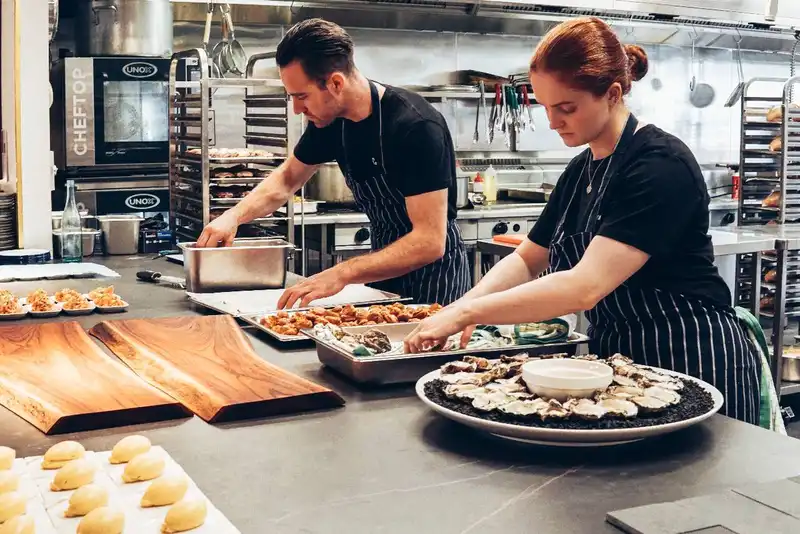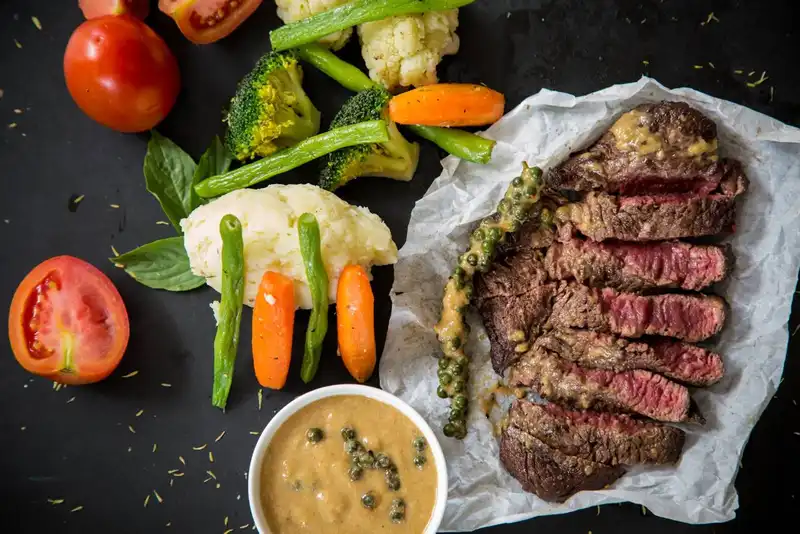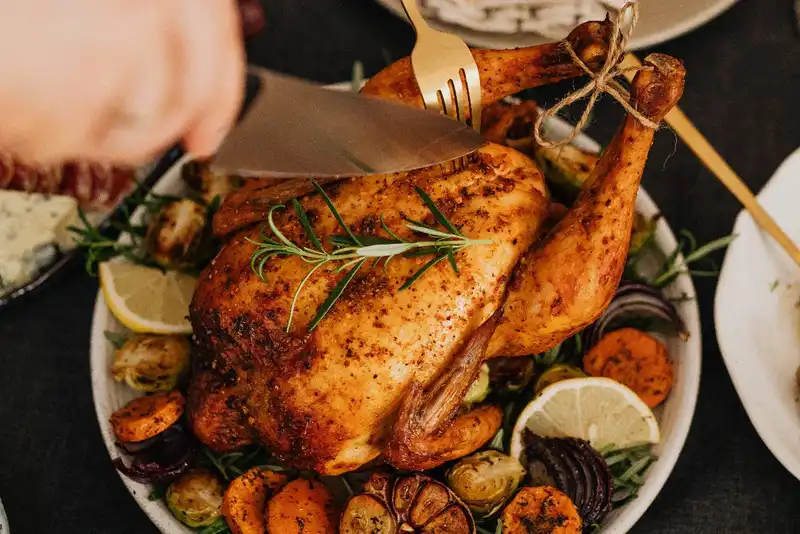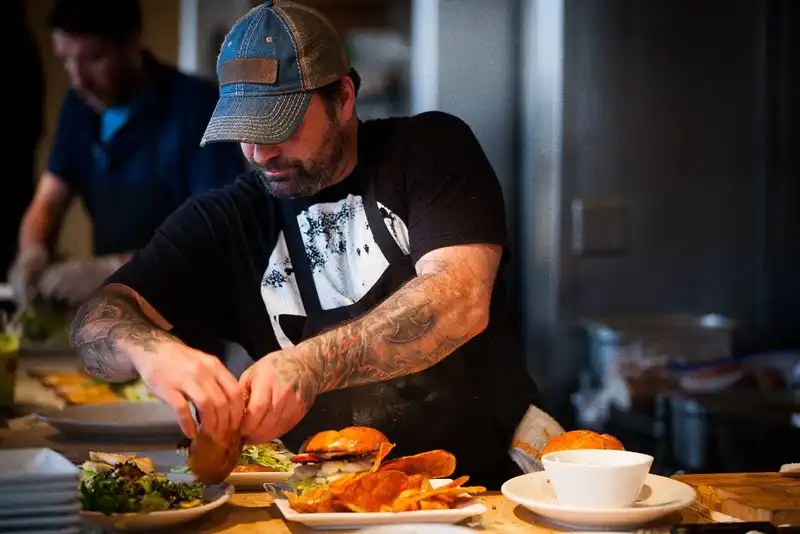What You Need to Know About Hot Food Temperature
Introduction to Hot Food Temperature
Foodservice businesses have a critical responsibility in protecting customers from foodborne illnesses. This is especially important, considering 1 in 6 Americans get sick from contaminated foods annually, according to the Center for Disease and Control. This means all kitchen staff and food handlers must be knowledgeable about food safety regulations and temperature danger zones. Danger zones refer to the temperature range of 41F-140F, in which bacteria are prone to grow and spread on food. By effectively managing hot food temperatures, eateries can ensure their dishes meet quality standards and are safe to eat.
The Basics of Hot Food Temperature

Restaurants, catering businesses, and buffet-style eateries generally prepare hot foods for customers. Oftentimes, the dishes are placed in the front-of-house for customers to pick and choose. They may also be propped in the kitchen before it is finally plated and served. Wherever these cooked dishes rest, restaurant owners must make sure that their holding temperature is 135F or above. If it is a cold food dish, then it must be kept at 41F or below.
Also known as potentially hazardous foods, cooked dishes can be contaminated with bacteria if their internal temperature falls below 135F. Disease-causing germs can also populate on cold foods, like dairy products, if their temperature rises above 41F. If pathogens, such as salmonella or E. Coli, contaminate foods, consumers may contract foodborne illnesses. Therefore, it is important that eateries educate their staff about proper cooking and holding temperatures.
Additionally, kitchen employees should regularly check hot foods' temperatures using a calibrated thermometer. In the case that the internal temperature is under 135F for less than 2 hours, staff should reheat the food. To reheat, the dish should be microwaved or put on a heat source at 165F for 15 seconds.
Various foods will have their own minimum cooking and holding temperature. The following is a guideline for common types of foods.
Produce and Vegetables
Fruits and vegetables made for hot holding need to be kept at 135F.
Meats and Seafood

Meats, such as pork, veal, lamb, mutton, and beef, must be heated to the safe temperature of 145F. This goes the same for fish, seafood, and raw eggs.
Specialty Meats
Ground pork and beef need to be thoroughly heated to 158F. Chopped or ground fish meat must be cooked to 155F, while commercially raised game meats need to be at 150F.
Poultry

Poultry products, such as chicken, quail, turkey, and duck must be heated to 165F. Approved wild game meat and foods that contain raw meat should also be cooked to 165F.
How Does Hot Food Temperature Affect Bacteria?

Bacteria can quickly grow on foods that are left at room temperature - between 40F-140F. According to the Center for Disease and Control, there more than 250 foodborne diseases, which are often caused by bacterial growth. The following are the most commonly known food pathogens and typical types of foods associated with them.
- Salmonella - Raw and undercooked poultry, seafood, meats, eggs, unpasteurized dairy products, and shellfish
- Campylobacter - Raw and undercooked poultry, and unpasteurized dairy products
- E. Coli - Raw and undercooked meats, fresh produce, and unpasteurized dairy products
- Listeria - Fresh produce
Food Temperature for Restuarants

Ensuring food safety is a large component of running a restaurant or foodservice business. Executives must establish correct cooking temperatures and develop kitchen standards for their establishment. They must also make sure that their staff follows federal and local guidelines, regarding food handling. For example, in California, there is a Health and Safety Code that outlines minimum internal temperatures for foods.
Therefore, not only is proper hot food temperatures important for food quality and safety, it is key for regulatory compliance. In the case that restaurants fail to abide by food handling regulations, they risk damages to their reputation, fines, and unhappy customers. To prevent these impacts, businesses in the restaurant industry will typically have clear rules on proper cooking practices. Restaurateurs will also often have detailed employee training to ensure their staff understands the importance of cooking temperatures.
Conclusion to Hot Food Temperature
- When dealing with hot foods, restaurants and foodservice businesses have to make sure they are holding these dishes at the correct hot food temperature. To avoid the temperature danger zone, which is between 40F-140F, hot foods must be kept at 135F or above.
- The danger zone refers to a temperature range, in which food products have a higher chance of growing and spreading pathogens. If consumed, these germs can result in foodborne illnesses, like food poisoning.
- Different foods will have their own specific cooking and holding temperature. For example, meats, like pork and beef, must be kept at 145F. Whereas, poultry, like chicken and duck, must be heated to 165F.
- With the right temperature, foodborne pathogens can be effectively eliminated from food products.
- Restaurant owners need to establish food safety standards and regularly check the temperature of their hot foods to ensure that it is safe from bacterial growth.



